With many years of research and work on ASEAN, Ambassador Hoang Anh Tuan, former Deputy Secretary General of ASEAN (2018-2021) meticulously analyzed the fundamental principles of ASEAN, helping the Association, despite being in a volatile regional and international geopolitical space, still maintain a peaceful, relatively stable and constantly developing regional environment.
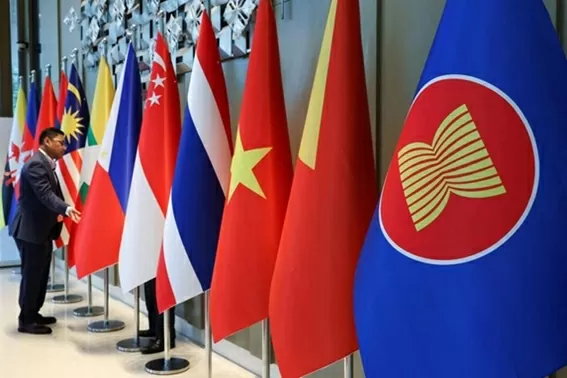 |
| ASEAN at 58 years old faces many opportunities and challenges in a volatile international environment. (Source: Straits Times) |
At the age of 58, what do you think is ASEAN’s greatest asset? And how can this “capital” help ASEAN “manage” in the current volatile and unpredictable international context?
ASEAN’s greatest asset after nearly 6 decades of formation and development is its solidarity and adaptability. This is not only the core value that has helped ASEAN maintain peace, stability, and promote development in the region, but also the foundation for this regional inter-national organization to affirm its central position in the regional structure and its position in the international arena.
In the context of a world full of complex, rapid and unpredictable changes, from strategic competition between major powers, geopolitical conflicts to non-traditional challenges such as climate change, food security and digital transformation, ASEAN still maintains a relatively peaceful and stable regional environment, does not fall into a state of confrontation or division, and is constantly developing.
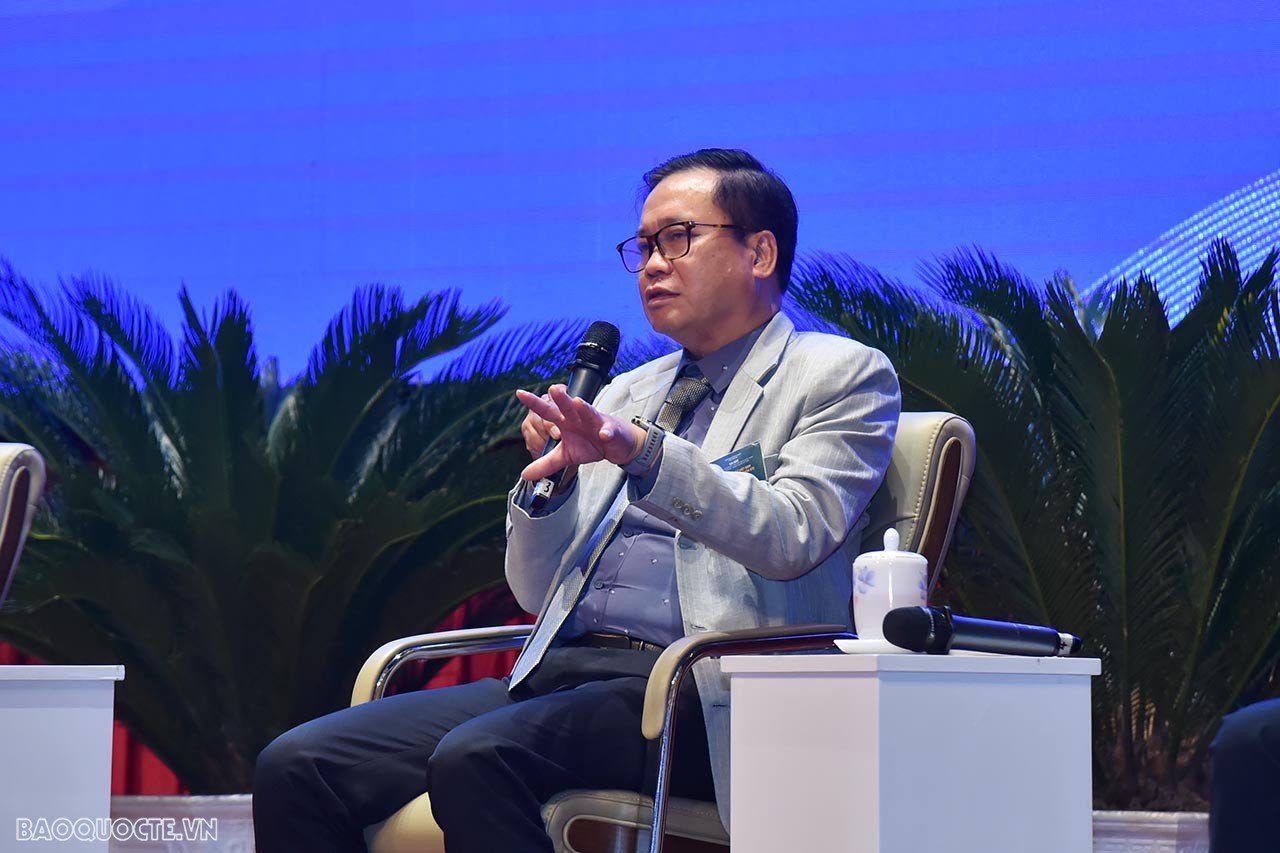 |
| Ambassador Hoang Anh Tuan, former Deputy Secretary General of ASEAN. (Photo: Anh Son) |
Inclusiveness and consensus, although they may make ASEAN operate more slowly than desired or compared to regional integration institutions such as the EU, are emphasized by ASEAN as important fundamental principles to maintain ASEAN solidarity, thereby preventing and controlling deep conflicts of interest among members, contributing to the continuous development of the ASEAN institution and its member states.
In addition, ASEAN possesses important “capital” which is flexibility and resourcefulness. The promotion of flexible, adaptable but steadfast and consistent thinking, policies and measures in responding to challenges to achieve the strategic goal of enhancing cooperation for peace and development of countries in the region has helped ASEAN overcome many difficult periods in its history, from the 1997 Asian financial crisis, tensions in the East Sea, the COVID-19 pandemic, to challenges from geopolitical shifts.
ASEAN does not choose to take sides in great power competition, but instead perseveres in its role as the center of the regional architecture, promoting dialogue and substantive cooperation for peace, stability and development.
In addition, another strength of ASEAN is the economic integration within the bloc and promoting partnerships, opening up trade and investment with the outside world. through a series of agreements and cooperation agreements within the bloc and between the entire ASEAN bloc and external partners.
ASEAN has become the world’s fifth largest economy with a GDP of over US$3.6 trillion, with increasing intra-bloc trade and investment, while agreements between ASEAN and external partners such as RCEP open up opportunities for ASEAN member states and ASEAN partners to access larger markets. The fact that major countries such as the US, China, Japan and the EU value ASEAN as a strategic partner also demonstrates ASEAN’s value in the context of global competition.
However, to maximize these advantages, ASEAN needs to continue to improve its self-reliance, reduce dependence on external supply chains, promote digital transformation, and enhance cooperation in transferring, developing, and applying high technology. At the same time, it is necessary to continue to strengthen strategic trust among member countries, ensuring that mechanisms such as the Treaty of Amity and Cooperation in Southeast Asia (TAC) are effectively implemented.
In other words, ASEAN’s greatest asset is its unity, while its most valuable asset is its ability to adapt flexibly. Making good use of these values will help ASEAN and each member country overcome the storms of the regional and international situation and continue to grow as a region of peace, stability and dynamic development.
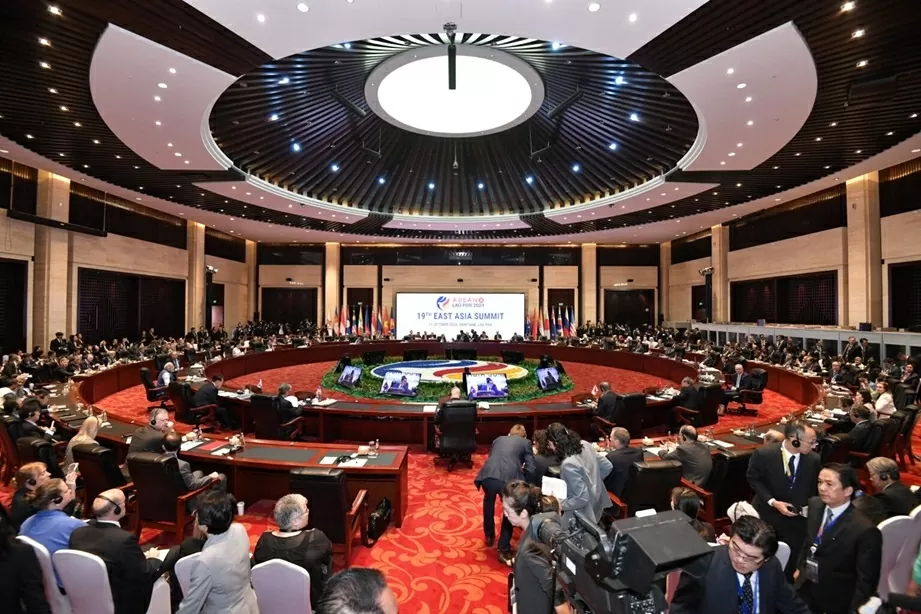 |
| East Asia Summit (EAS) in Laos in October 2024. (Source: ASEAN Lao PDR 2024) |
There have been many comparisons and analogies between ASEAN and the EU, but all have come to the same conclusion that ASEAN is different from the EU and it is difficult for ASEAN to follow the EU model. But at least, when looking at the current general picture of the EU, there will certainly be many lessons suitable for ASEAN, don't you think?
In reality, ASEAN and the EU have many differences in structure, goals and context of formation. The EU is a supranational union with binding decision-making mechanisms and common policies in many areas for its member countries, while ASEAN is a transnational organization with a consensus-based operating mechanism and non-interference in internal affairs. Although ASEAN cannot copy the EU model, it can still draw some important lessons from the EU to strengthen solidarity and enhance its role in the region and the world.
First , the EU shows the importance of strong institutions and a strong legal framework. ASEAN has had the ASEAN Charter since 2008 along with a network of regional agreements and conventions, but the mechanism for implementing commitments is not strong enough. ASEAN needs to improve the bindingness, implementation of commitments and effectiveness of regional agreements and conventions, especially in the economic, trade and security fields.
Second , ASEAN can learn from the EU’s experience in economic integration. The EU has a common market with a unified trade policy, while ASEAN is still finalizing the ASEAN Economic Community (AEC). From the EU’s experience, ASEAN can promote the removal of non-tariff barriers, harmonize regulations among member countries, thereby enhancing infrastructure connectivity to promote intra-bloc trade and investment.
Third , ASEAN can learn from the EU’s experience in crisis management mechanisms. The EU has experienced many crises, from financial, public debt to migration, but has built extensive cooperation mechanisms to cope with them. ASEAN, when facing challenges such as strategic competition between major powers, climate change or internal instability, needs more effective coordination mechanisms to protect common interests.
Fourth , the EU has been successful in building a common identity through educational programs, cultural exchanges and initiatives to enhance people's participation in the regional integration process. ASEAN needs to implement more educational programs, cultural exchanges and initiatives to raise awareness and activities of the people of ASEAN countries to promote a more cohesive "ASEAN Community", strengthen solidarity and join hands for the development of the entire ASEAN region.
In addition to referring to the EU's experience and good practices, ASEAN also needs to pay attention to avoiding the EU's three major deadlocks.
Firstly , the Russia-Ukraine crisis shows that the EU, despite its deep economic and social integration, still lacks a truly unified foreign and security policy, and is easily divided and drawn into war and conflict hotspots even in Europe. ASEAN needs to maintain a neutral and flexible foreign policy, with ASEAN's ultimate goal being to cooperate to maintain peace and enhance development in the region for the benefit of the people, on the basis of respect for international law, especially the United Nations Charter, the 1982 UN Convention on the Law of the Sea, the Treaty of Amity and Cooperation in Southeast Asia (TAC 1976) and the ASEAN Charter.
Second , the EU is facing greater difficulties in reconciling the interests of its rich and poor member states. ASEAN needs to promote cooperation and ensure more equitable development among its members to avoid internal divisions that could weaken the bloc.
Third , Brexit shows that the EU cannot fully balance the interests of regional integration and national sovereignty. ASEAN needs to maintain its consensus mechanism, but also ensure that integration does not cause dissatisfaction or excessive pressure on member states.
Overall, ASEAN can learn a lot from the EU, but it also needs to avoid the weaknesses that the EU has not been able to address. By leveraging its own strengths, ASEAN can continue to build a more effective regional cooperation model that is appropriate to the specific characteristics of its region.
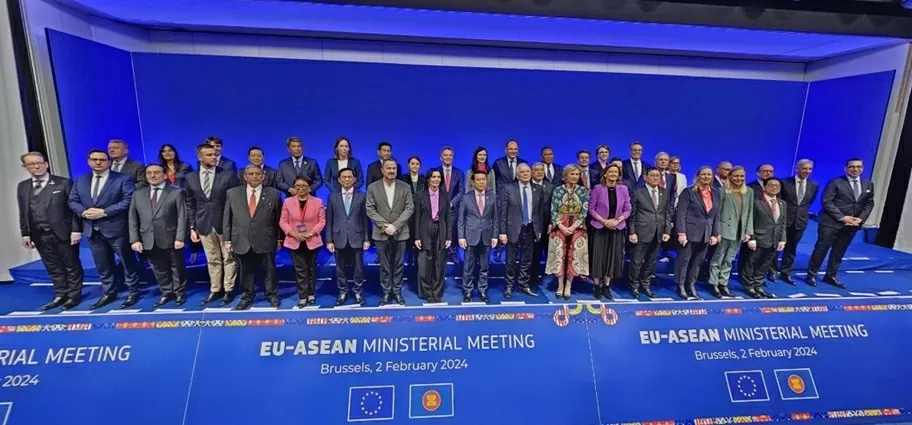 |
| EU-ASEAN Ministerial Meeting in Brussels, Belgium, February 2024. (Source: asean.org) |
In your opinion, what are the major international political trends that will directly impact ASEAN and how should ASEAN respond to maintain its central role and "mission" of peace-building?
In the coming period, ASEAN will have to face three major international political trends that directly impact the regional security and cooperation structure.
Firstly , strategic competition among major powers is increasing. Relations between major powers, especially the US and China, continue to develop complicatedly with conflicts of interest in economics, technology, and regional security. This creates pressure on ASEAN countries to maintain a strategic balance policy and avoid being drawn into confrontations. In response, ASEAN needs to strengthen its central role in the regional structure, continue to promote multilateral dialogue, and assert an independent and proactive stance on regional issues. At the same time, ASEAN needs to take advantage of mechanisms such as the East Asia Summit (EAS), the ASEAN Regional Forum (ARF), and new cooperation initiatives to maintain stability and reduce the risk of conflict.
Second, the rise of protectionism and economic nationalism could affect free trade and global supply chains, in which ASEAN plays an important role. Trade tensions, technology controls and supply chain shifts could impact the growth models of member countries.
To cope, ASEAN needs to step up the implementation of free trade agreements such as RCEP (Regional Comprehensive Economic Partnership), promote intra-bloc economic integration, and enhance competitiveness to adapt to global fluctuations.
Third , non-traditional security challenges, especially cyber security, climate change, and risks from artificial intelligence technology. Issues such as cybercrime, cyber attacks on critical infrastructure, or the impact of AI on the labor market and data security require ASEAN countries to have a more proactive approach. ASEAN needs to build a regional cybersecurity cooperation mechanism, strengthen the capacity to coordinate digital technology policies, and promote green transformation to minimize the impact of climate change.
To maintain its central role and “mission” of peace-building, ASEAN not only needs to adapt to the above trends but also needs to continue to enhance its internal cohesion, affirm its common stance on important issues, and proactively propose regional and international cooperation initiatives to consolidate its position in a volatile world.
Thank you very much Ambassador!
Source


![[Photo] National Assembly Chairman Tran Thanh Man meets with outstanding workers in the oil and gas industry](https://vstatic.vietnam.vn/vietnam/resource/IMAGE/2025/4/17/1d0de4026b75434ab34279624db7ee4a)
![[Photo] Closing of the 4th Summit of the Partnership for Green Growth and the Global Goals](https://vstatic.vietnam.vn/vietnam/resource/IMAGE/2025/4/17/c0a0df9852c84e58be0a8b939189c85a)

![[Photo] Promoting friendship, solidarity and cooperation between the armies and people of the two countries](https://vstatic.vietnam.vn/vietnam/resource/IMAGE/2025/4/17/0c4d087864f14092aed77252590b6bae)
![[Photo] General Secretary To Lam receives French Ambassador to Vietnam Olivier Brochet](https://vstatic.vietnam.vn/vietnam/resource/IMAGE/2025/4/17/49224f0f12e84b66a73b17eb251f7278)
![[Photo] Nhan Dan Newspaper announces the project "Love Vietnam so much"](https://vstatic.vietnam.vn/vietnam/resource/IMAGE/2025/4/17/362f882012d3432783fc92fab1b3e980)
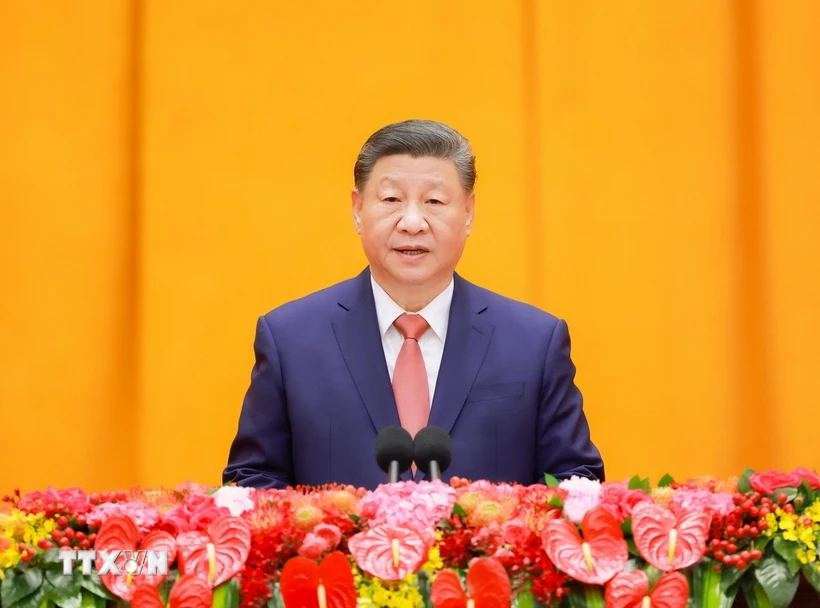

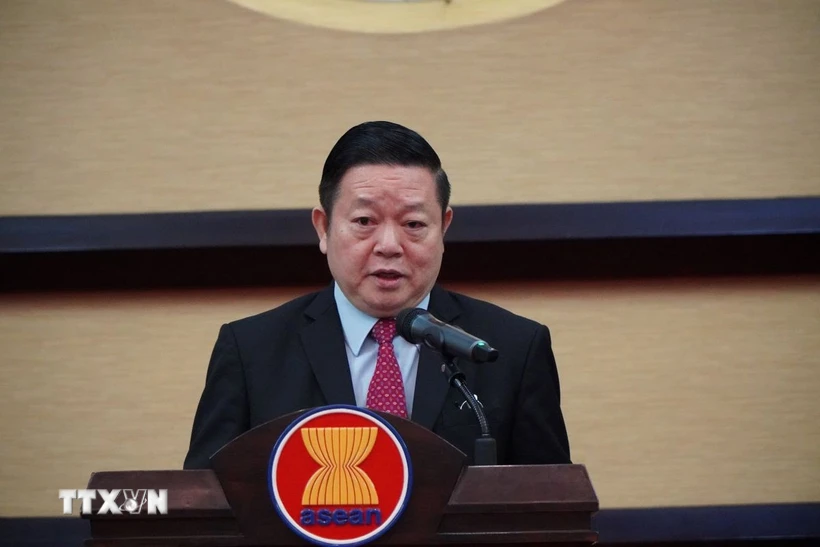


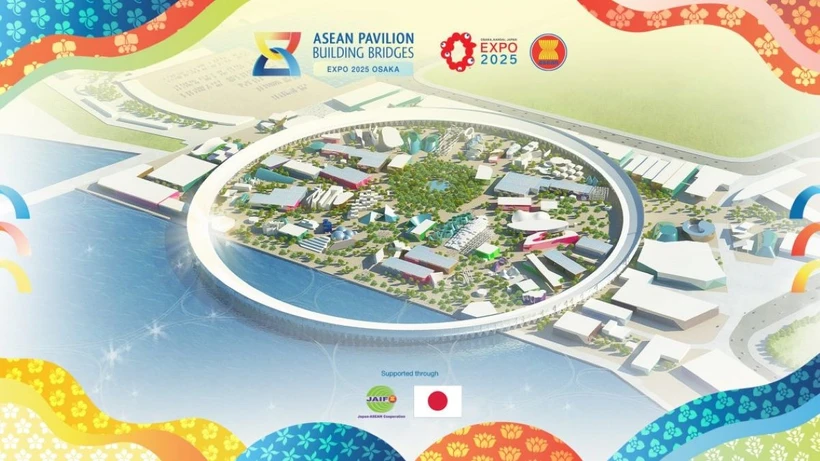
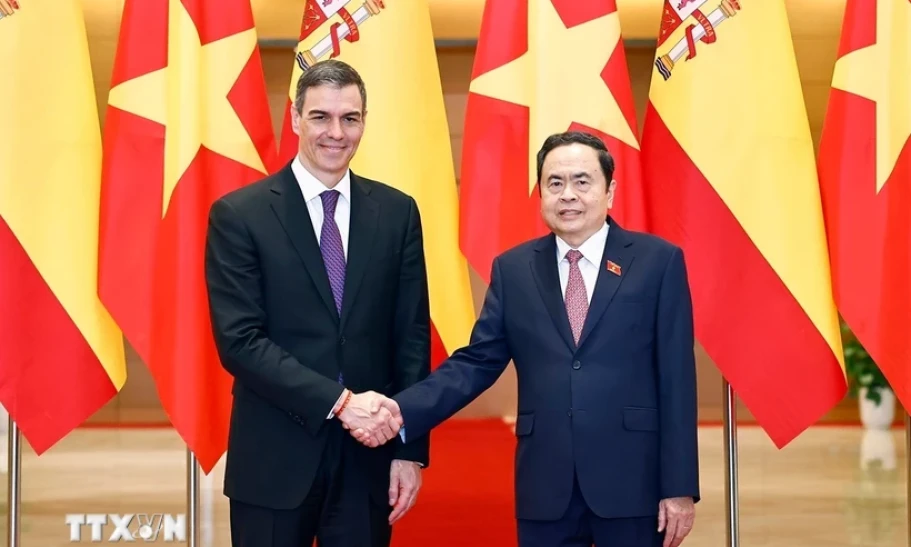

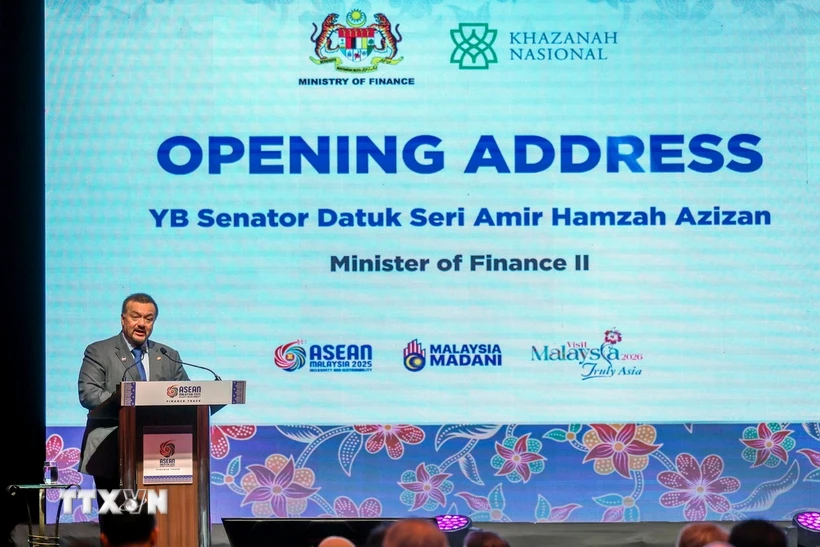
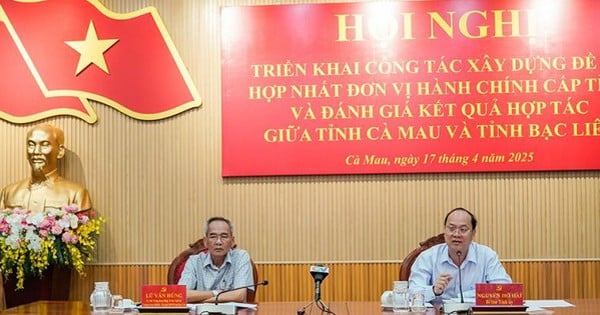
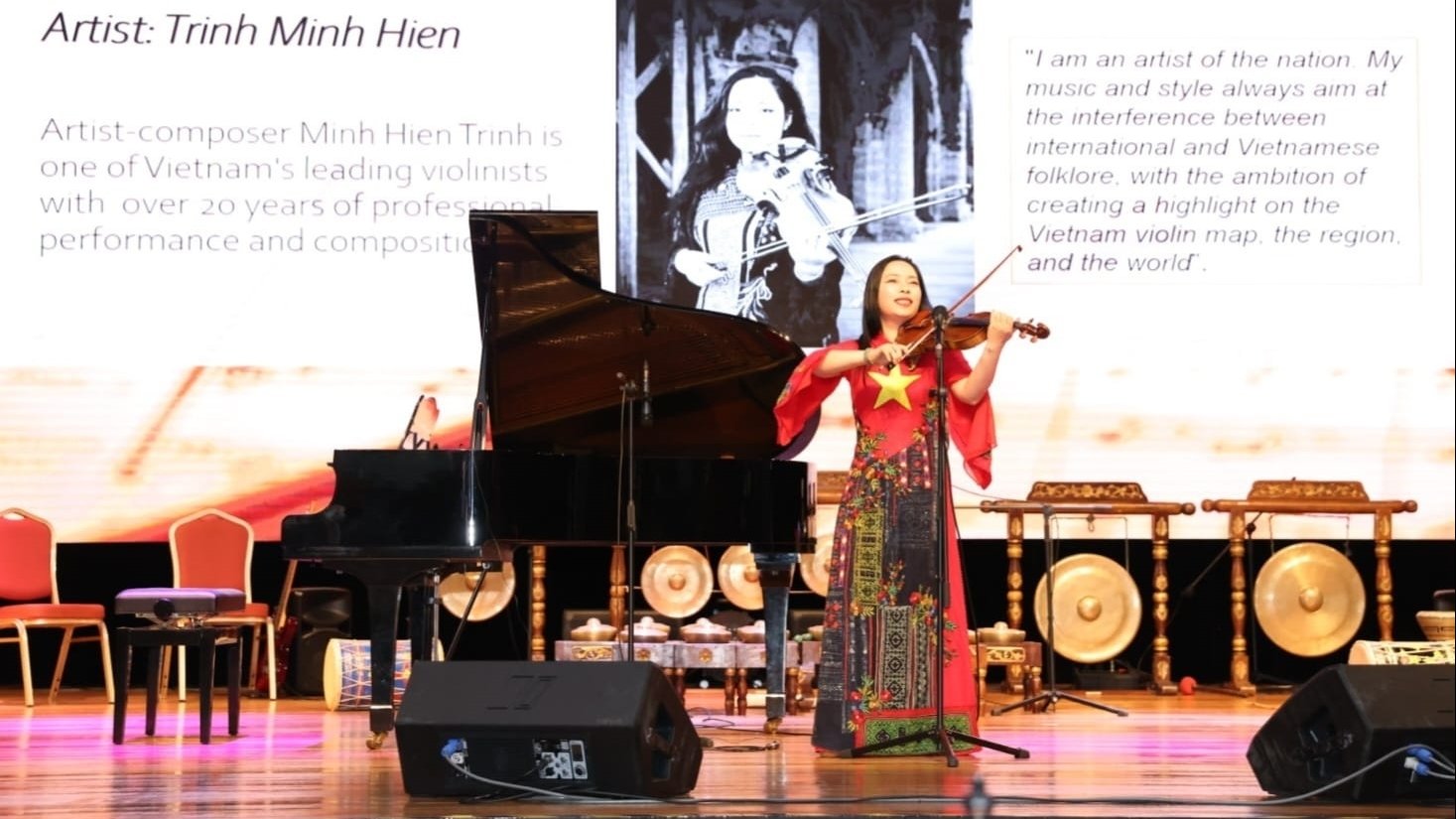
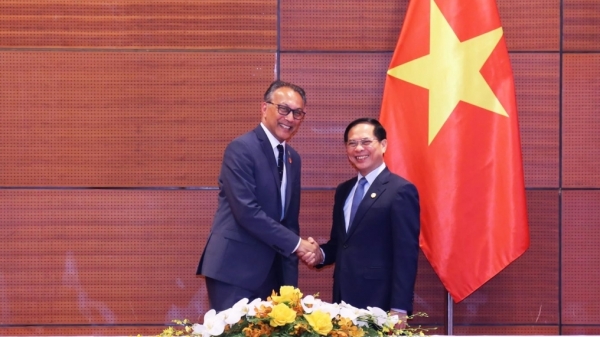


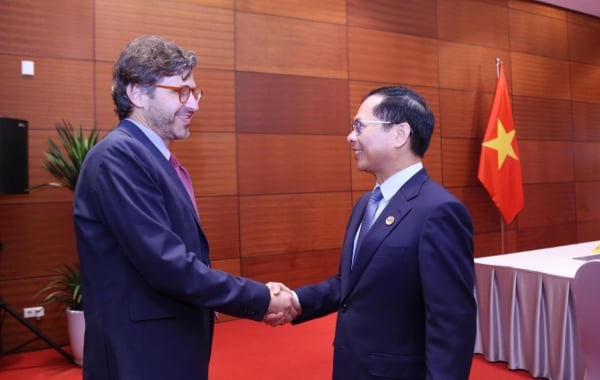




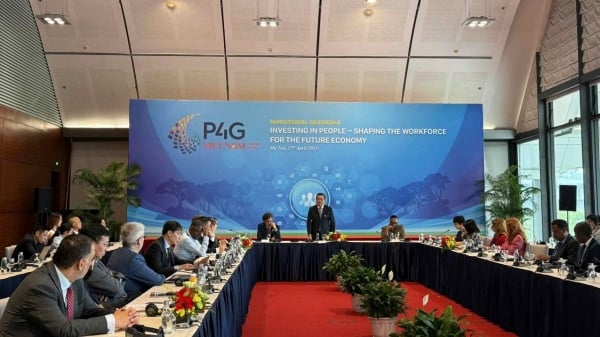



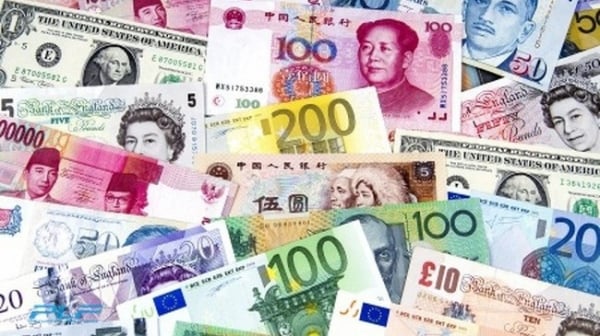
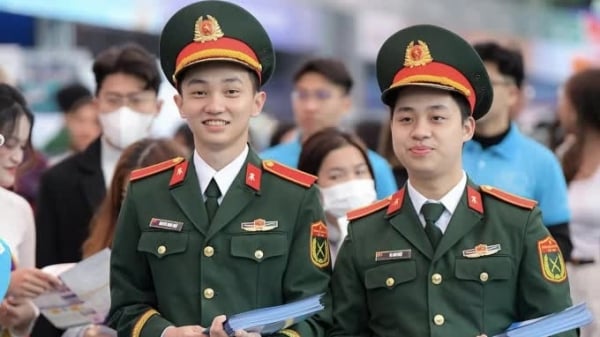
![[Photo] Welcoming ceremony for Chinese Defense Minister and delegation for friendship exchange](https://vstatic.vietnam.vn/vietnam/resource/IMAGE/2025/4/17/fadd533046594e5cacbb28de4c4d5655)
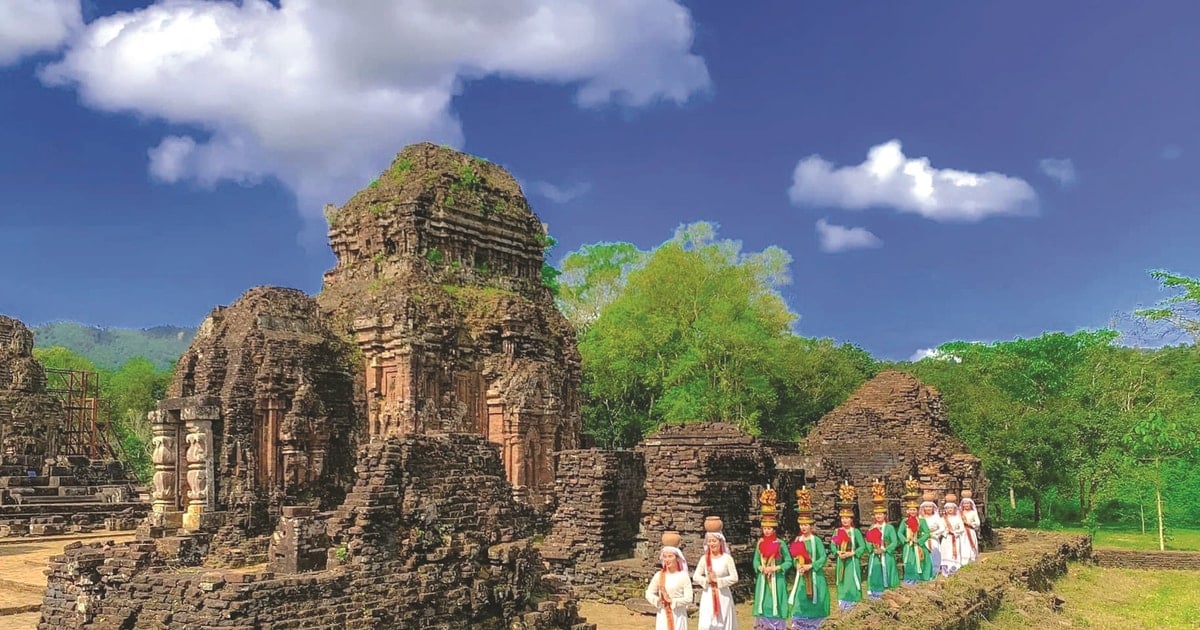
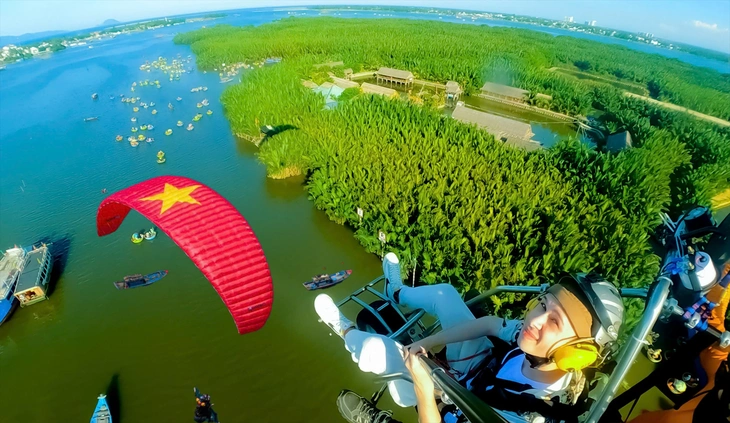

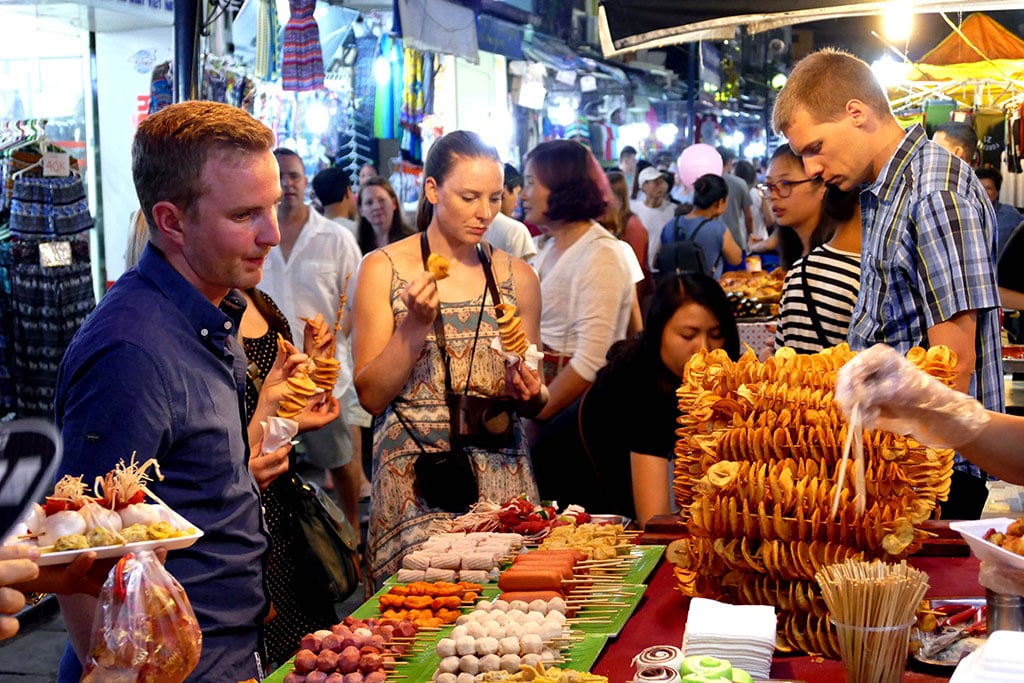


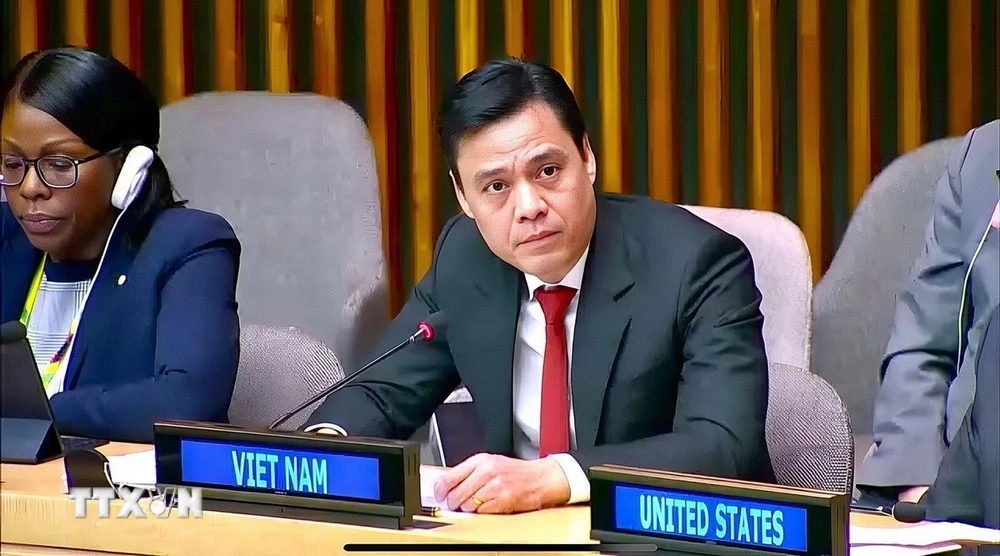
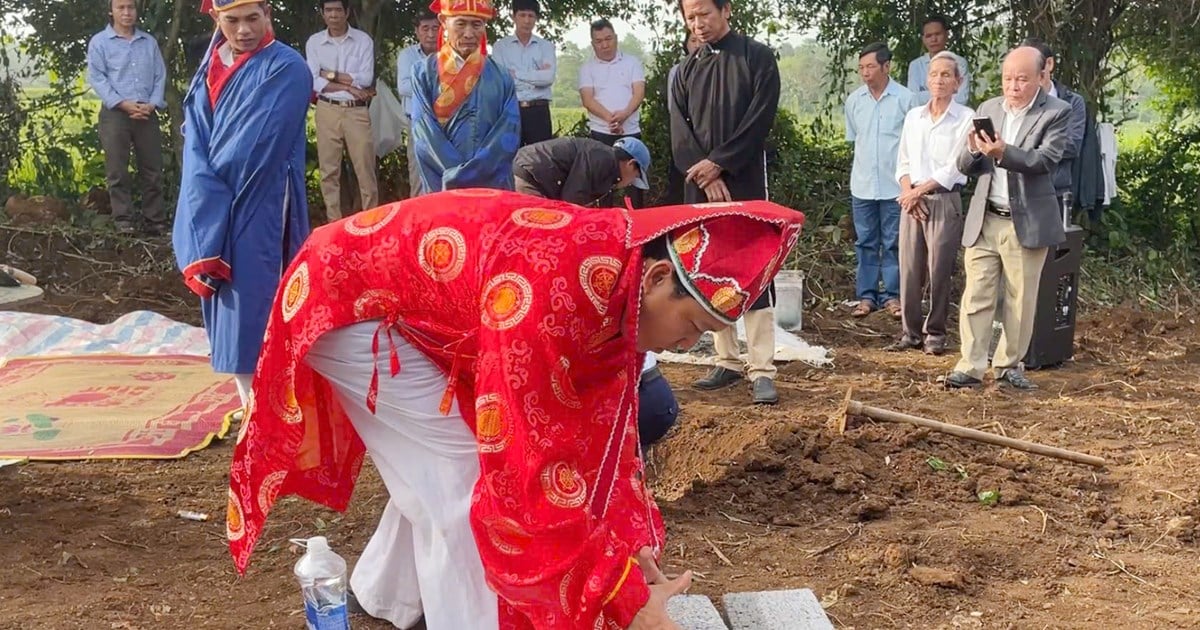








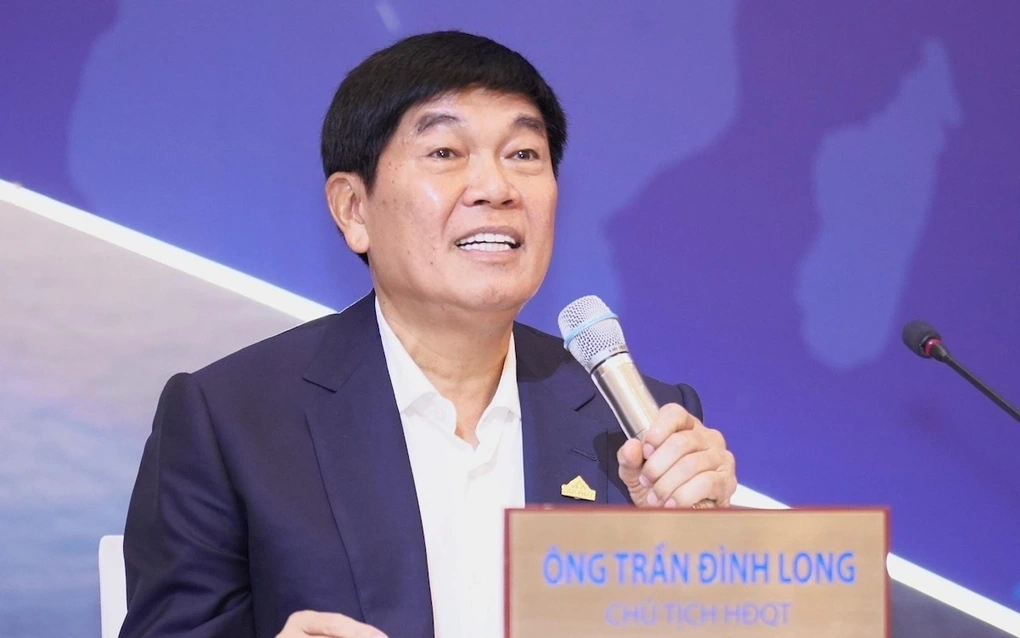
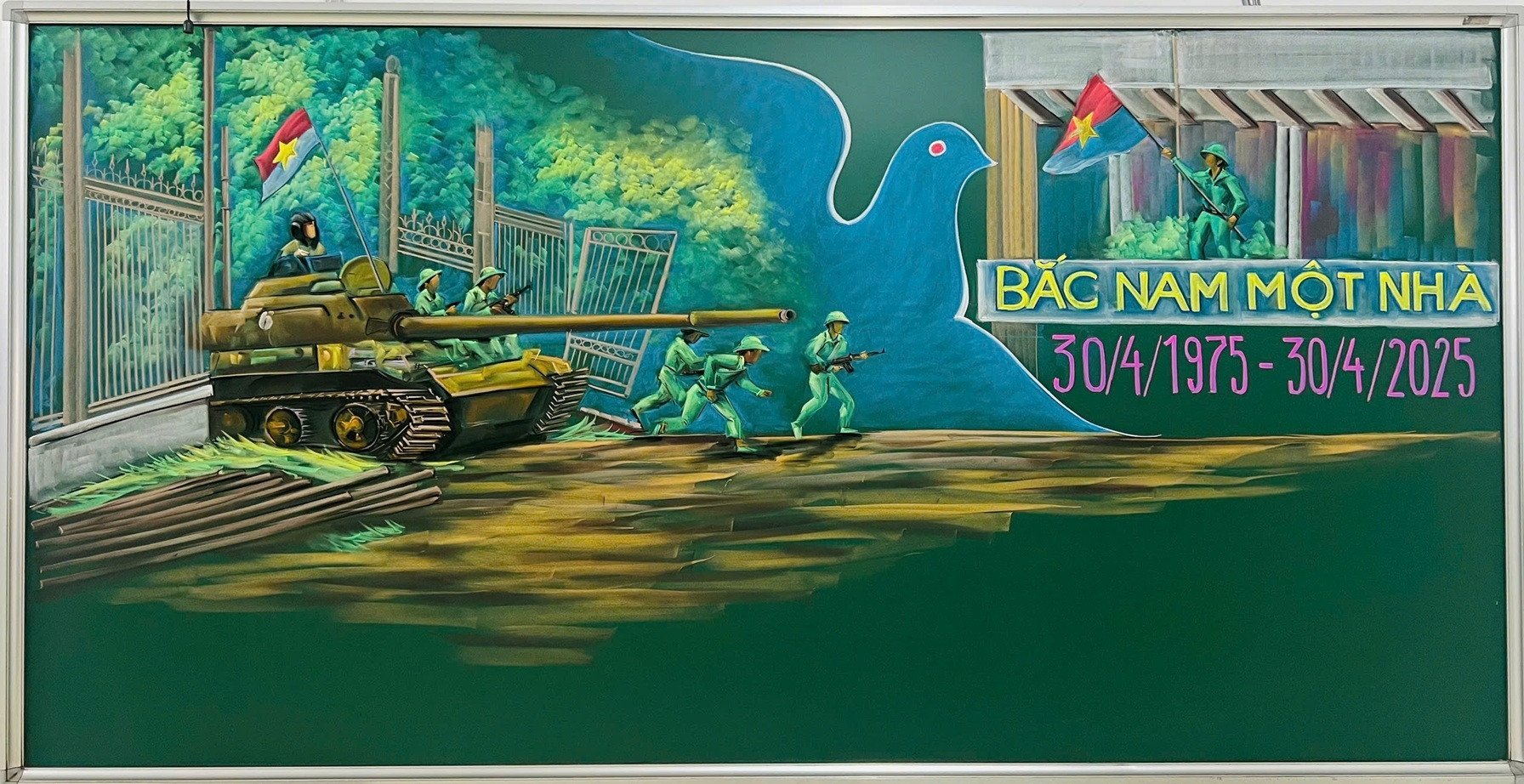
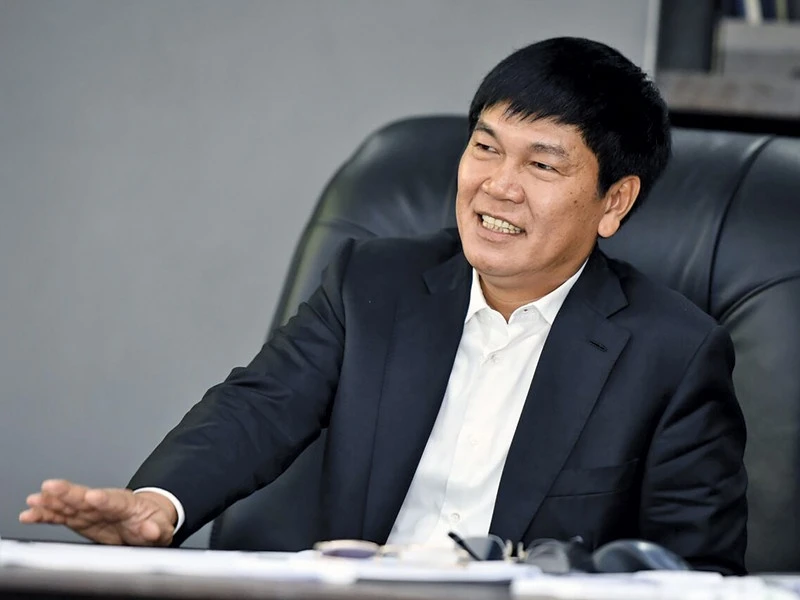

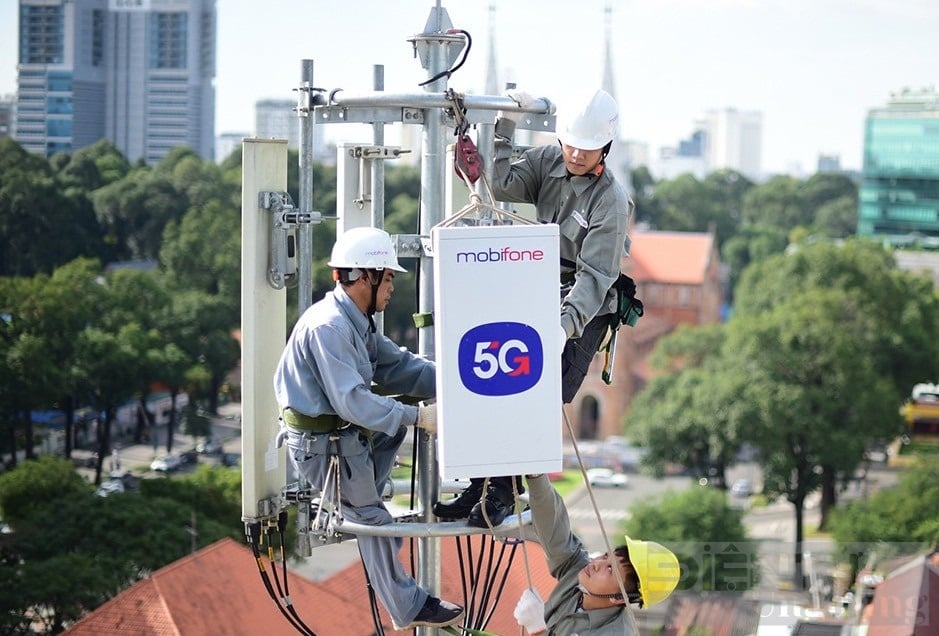

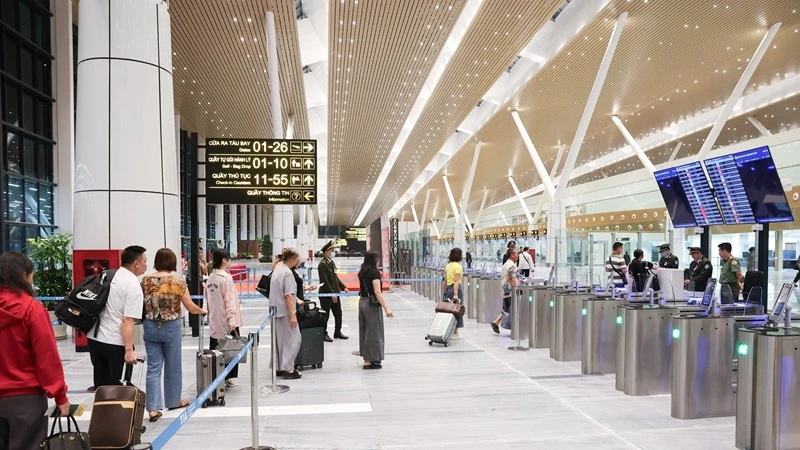

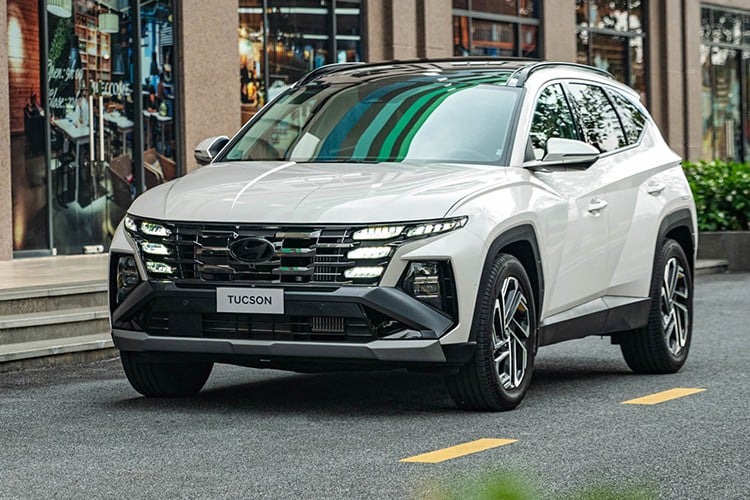

![[Video] Viettel officially puts into operation the largest submarine optical cable line in Vietnam](https://vstatic.vietnam.vn/vietnam/resource/IMAGE/2025/4/17/f19008c6010c4a538cc422cb791ca0a1)
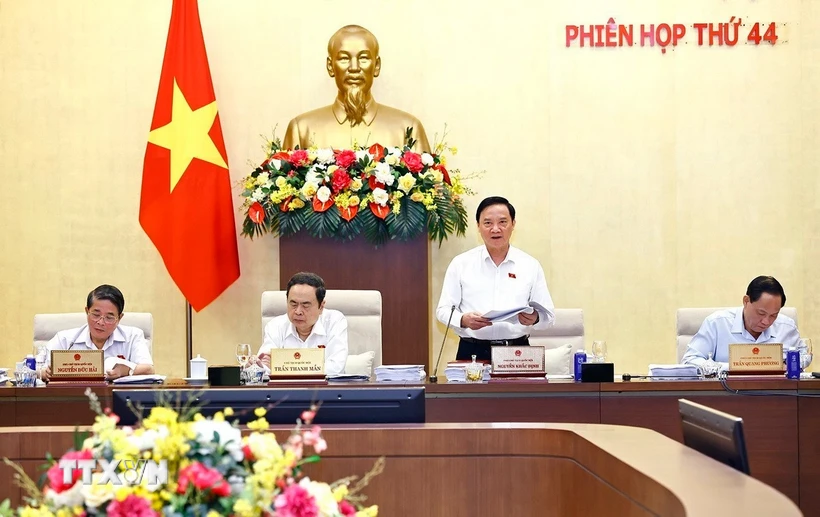
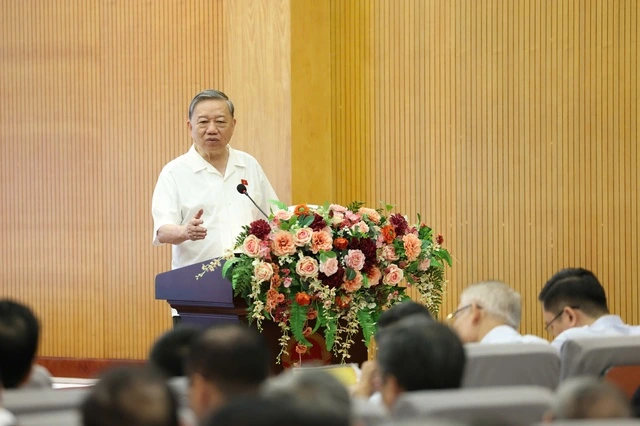

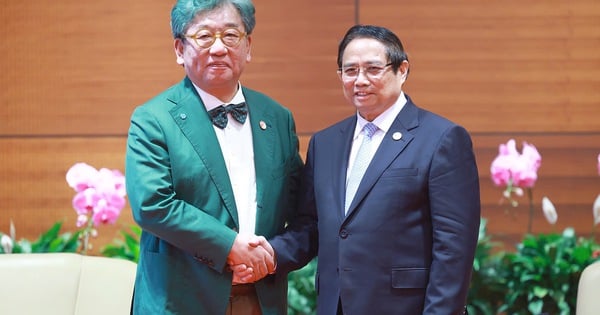

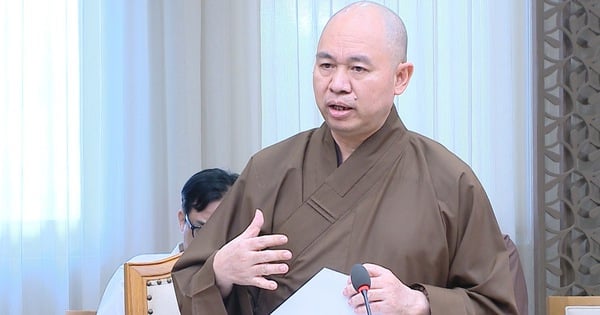
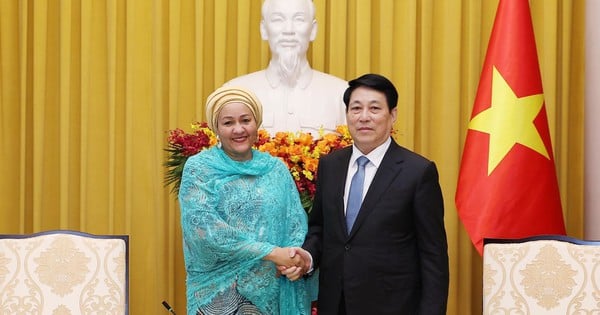
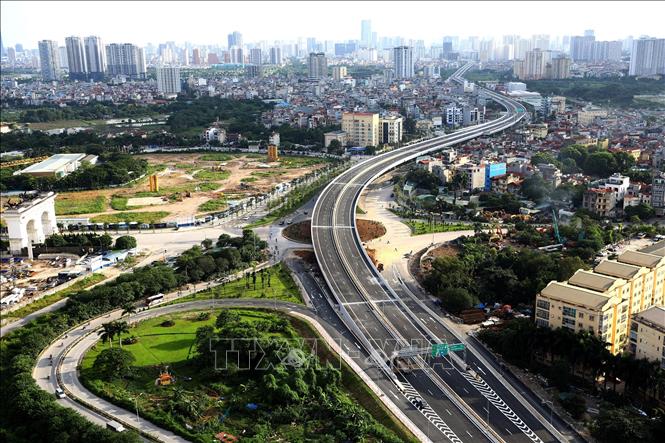



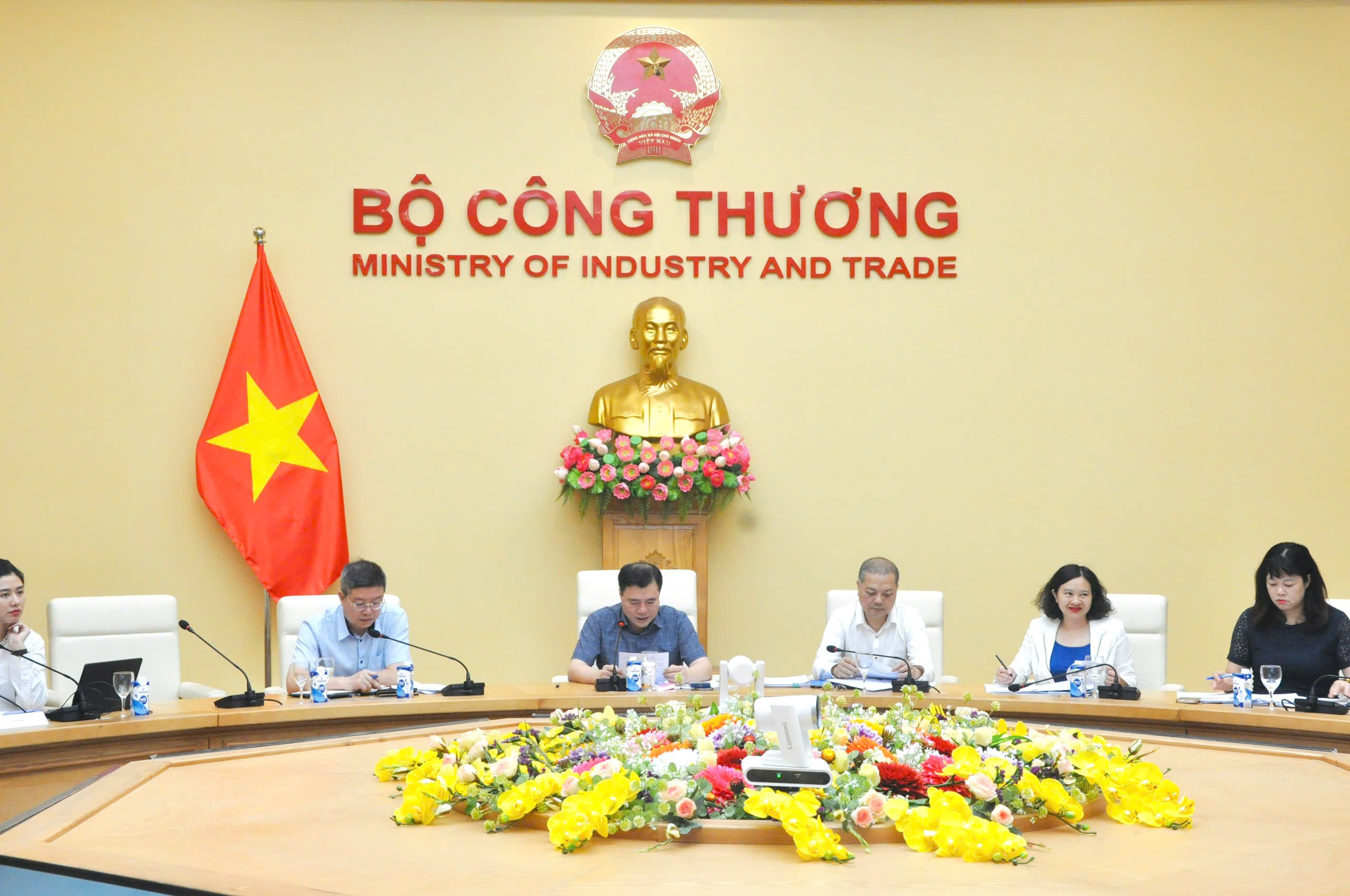

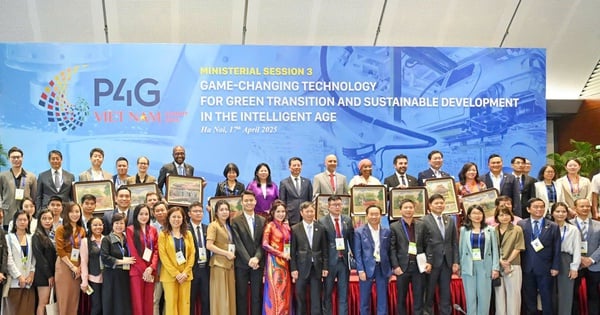

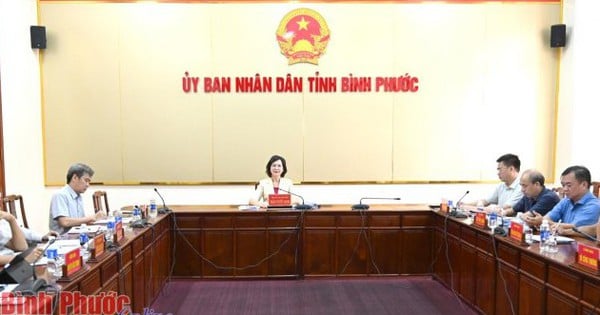
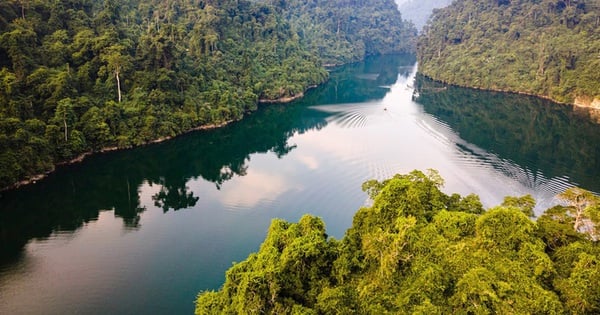
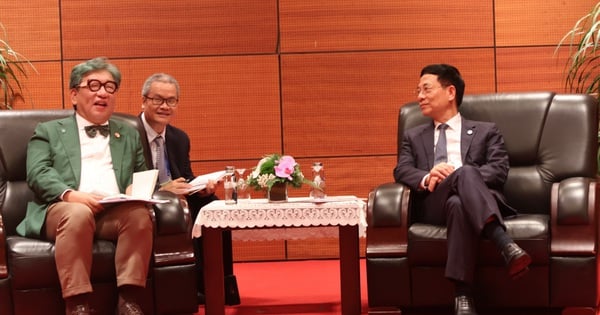
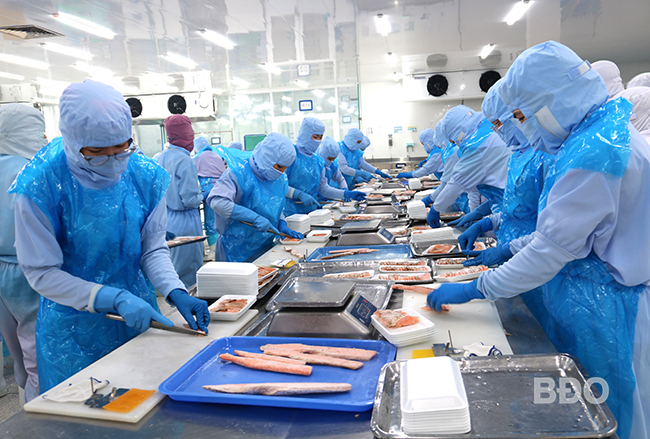
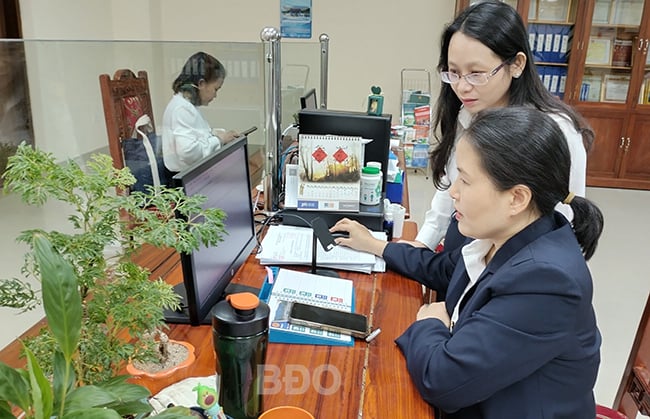
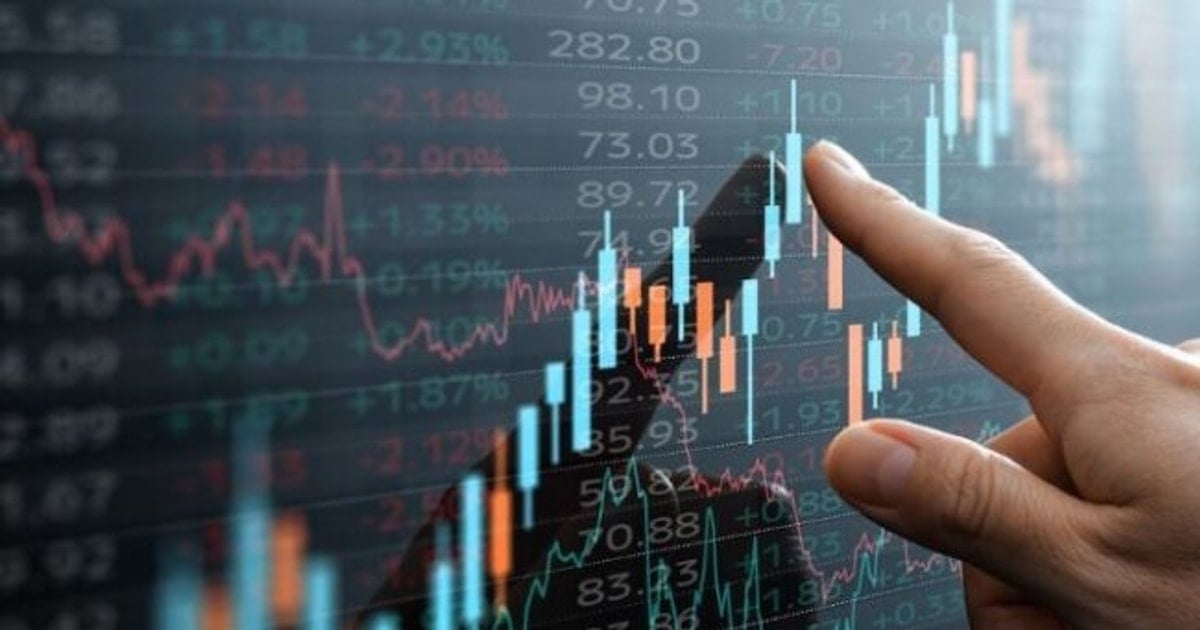



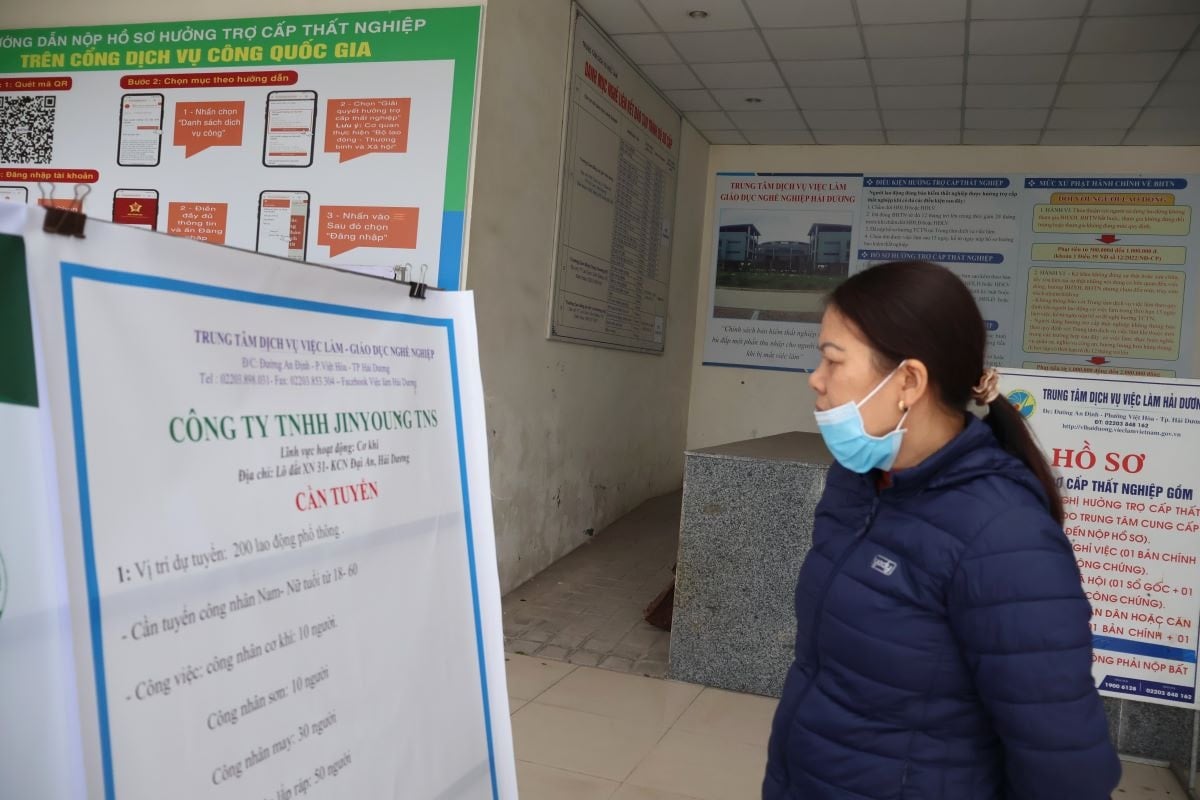

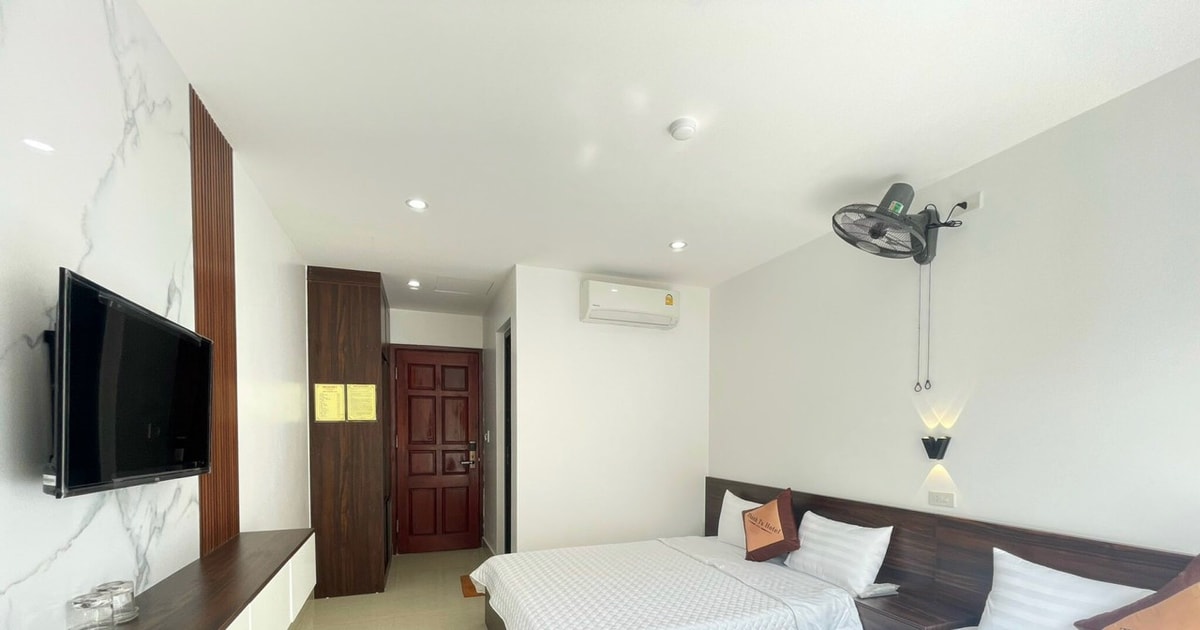
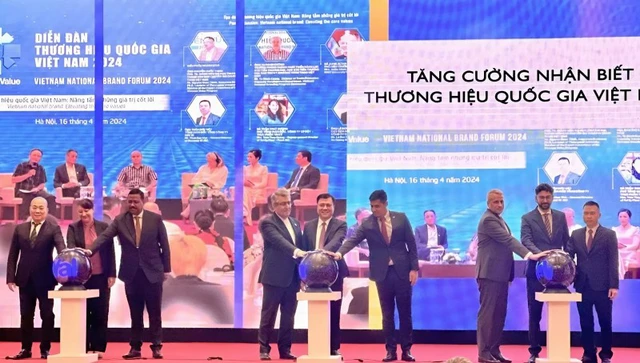



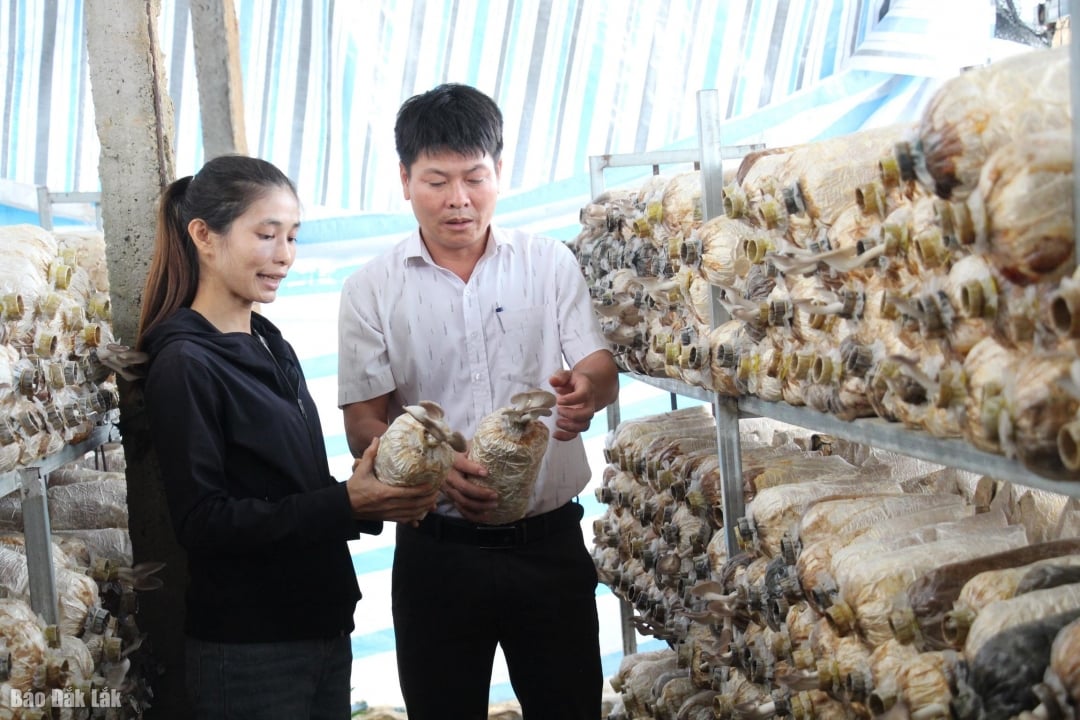

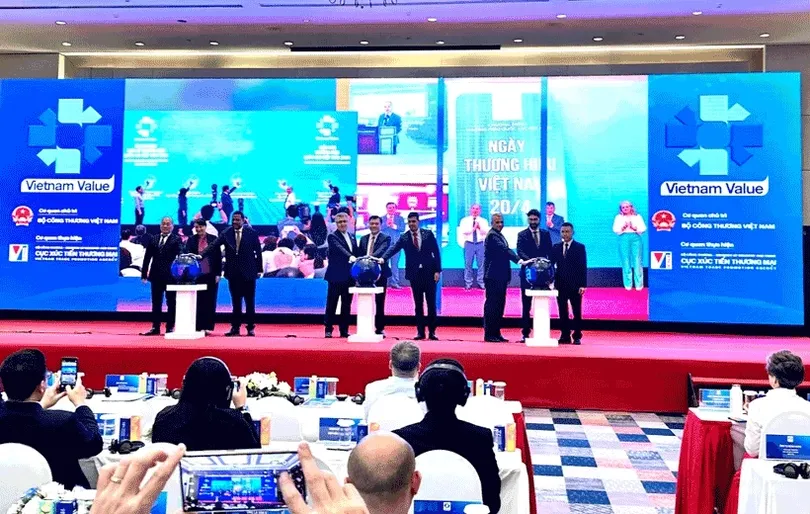


Comment (0)